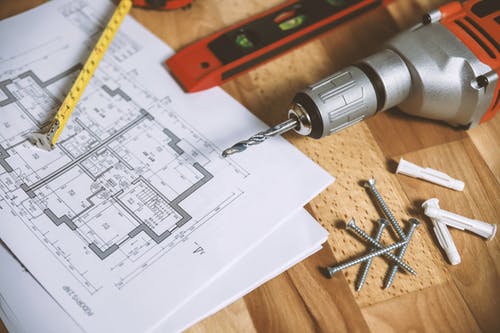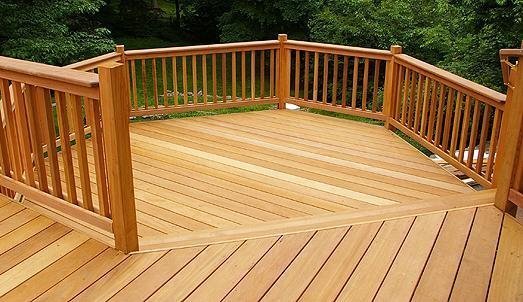Building a deck is not one of those simple DIYs which you can start and finish in a single day. It involves a whole lot of preparations and calculations. However, most people never hold this preparation stage with much regard; instead, they jump right into the actual construction. Predictably, this always leads to weak, bending, buckling and easily broken deckings. We have put together a list of top seven decking mistakes most homeowners make and how to avoid them.
#1. Using wrong decking material
Just like systems, the garbage in garbage out adage applies in decking. This implies that the kind of material you use in constructing your deck hugely influences the kind of outcome you get. Most homeowners never look much into this, and once they have found any type of material, they start their building process. This is a significant mistake which only leads to more cost in repairs or an entire replacement of the deck in the future. To avoid this, you need to choose your material wisely. While wood is the most common, homeowners are rapidly taking to PVC decking material, thanks to its impeccable qualities.
#2. Non-conformance with construction codes
Whether you are building a private or public structure, there are codes that you need to always follow. However, many people give the least thought and consideration to this. The decking codes are meant to enlighten you about basically all the precautions you need to take in order to keep both you and anyone who will use the deck safe.
#3. Using a few deck posters
Besides the ledger, the deck also gets support from on-grade vertical support posts which have to rest on top of robust and stable footers. These footers should be adequate and not more than 8 inches apart.
It is also crucial that the soil in which the footers run through is completely unmovable and undisturbed. If the soil is disturbed, then the footers should run as deep as 48 inches into the soil. However, some homeowners ignore this and set the footers in disturbed soil and very shallow. This can lead to immense damage.
#4. Fastening railing posts with nails or screws
Of course, the easiest and simplest option to fasten railing posts to deck framing is by the use of nails or screws. However, it is not the best option. Fastening railing posts requires that you use bolts, especially blocking bolts for stronger railing connections right at the rim joists.
#5. Weak framework
Weak and slappy framework is another of the top seven decking mistakes people make. The core of decking is its framework, and even a slight mistake can get you back on the whole job, and this includes fastening of the ledger board to the house frame. This is most common with the composite and natural wood decking materials. However, PVC materials tend to be a little easier to install.
#6. Setting joists too far apart
You might be tempted to set the joists too far apart, either because of limited materials, a rush to finish or any other reason. However, this is least advisable because the joists carry all the load of the deck floorboards on their own. Installing the joists will, therefore, require that you tighten the spaces between them. To get the right spacing tips, you can either seek the advice of an expert or check out the joist span table.
#7. Horizontal beams attached to the side of the support posts
Attaching the girder, otherwise known as the horizontal beam, to the vertical support posts on the support post side was previously an acceptable method. However, due to the discovery that bolts are prone to poor shear strength, this method is unrecommended. Instead, you should rest it (the beam), on top of the posts.











